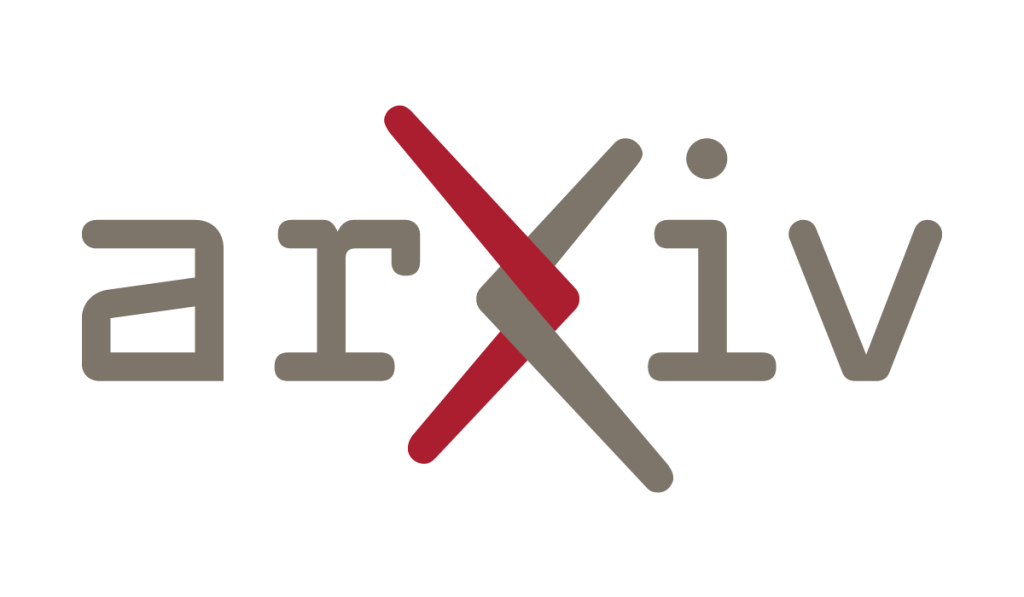arXiv:2504.16635v1 Announce Type: new
Abstract: In an environment of increasingly volatile financial markets, the accurate estimation of risk remains a major challenge. Traditional econometric models, such as GARCH and its variants, are based on assumptions that are often too rigid to adapt to the complexity of the current market dynamics. To overcome these limitations, we propose a hybrid framework for Value-at-Risk (VaR) estimation, combining GARCH volatility models with deep reinforcement learning. Our approach incorporates directional market forecasting using the Double Deep Q-Network (DDQN) model, treating the task as an imbalanced classification problem. This architecture enables the dynamic adjustment of risk-level forecasts according to market conditions. Empirical validation on daily Eurostoxx 50 data covering periods of crisis and high volatility shows a significant improvement in the accuracy of VaR estimates, as well as a reduction in the number of breaches and also in capital requirements, while respecting regulatory risk thresholds. The ability of the model to adjust risk levels in real time reinforces its relevance to modern and proactive risk management.
Source link
Bridging Econometrics and AI: VaR Estimation via Reinforcement Learning and GARCH Models
Previous ArticleBuy the Dip in IBM Stock After Q1 Earnings? — TradingView News
Next Article Publisher of PCMag and Mashable Sues OpenAI

